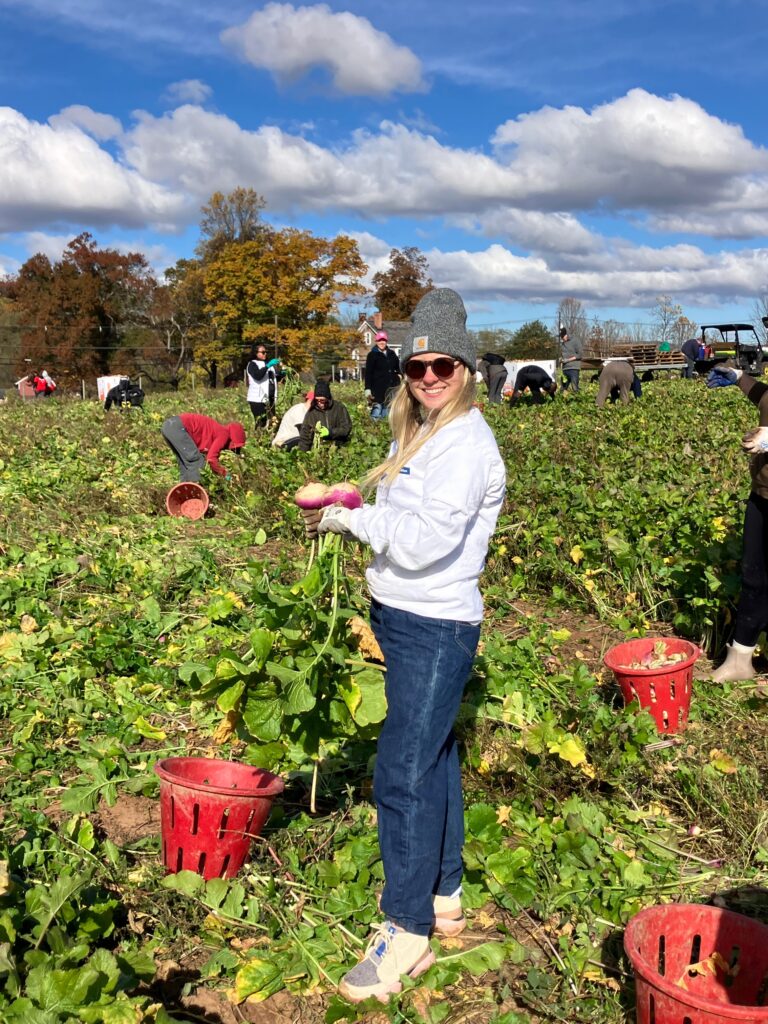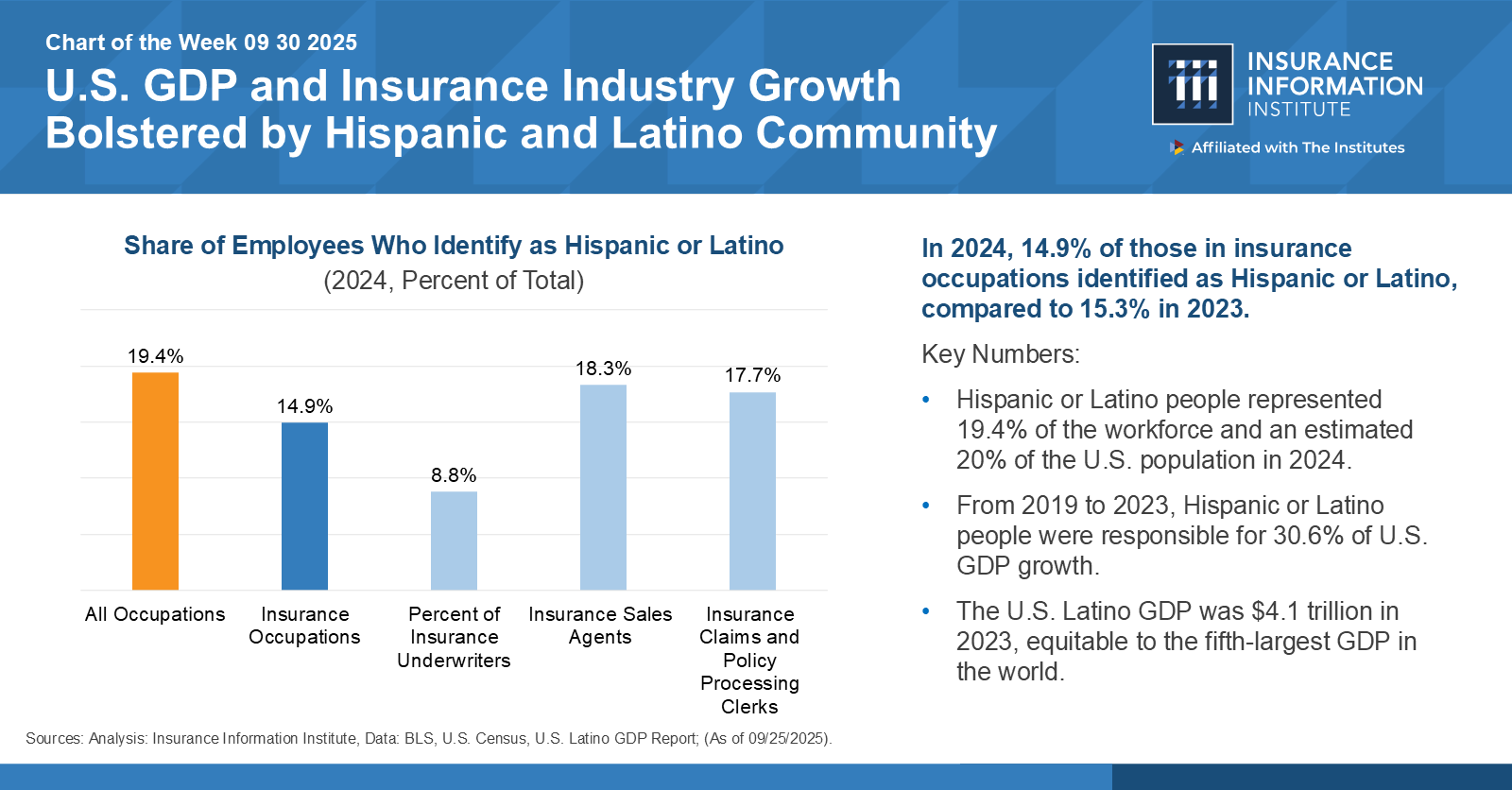By William Nibbelin, Senior Research Actuary, Triple-I
The rate-filing process for homeowners’ insurance has become less efficient and effective, a new study by the Insurance Research Council (IRC) shows.
The report – Rate Regulation in Homeowners Insurance: A Comparison of State Systems – analyzed industry data from 2010 through 2024 across all states, including the District of Columbia. The study found that, not only is it taking longer for insurers to get rate increases approved, but the increases are lower than requested, with bigger gaps between the request and the granted amount than had previously been the case.
Key findings:
- The number of rate filings is growing at a compound annual growth rate of 3.3 percent from 2018 to 2024 nationwide.
- The average number of days to approval grew from 44 to 63 days.
- The number of filings withdrawn increased from 2.9 percent of filings to 3.9 percent of filings.
- The percentage of filings receiving less rate impact than requested grew by more than 10 points.
- The disparity in approved rate impact grew by nearly 1 point.
- Market concentration (as measured by the Herfindahl-Hirschman Index, or HHI) decreased by 14.6 percent.
- The residual share of direct written premium has grown at a compound annual growth rate of 10.5 percent from 2020 to 2024
- A strong-to-moderate correlation exists between net underwriting losses and premium shortfalls within states and across time.
- Filing process measures and market outcomes vary by regulatory systems.
During this same period from 2010 through 2024, the homeowners’ insurance industry experienced a net combined ratio over 100 in 10 of the 15 years. Combined ratio – calculated as losses and expenses divided by earned premium plus operating expenses divided by written premium – is a key measure of underwriting profitability. A combined ratio over 100 represents an underwriting loss.
The IRC report includes the determination of a strong correlation between underwriting loss and premium shortfalls, defined as the potential dollar difference between the effective filed rate impact and approved rate impact.
In California, for example, the time to approval exceeds that of the next highest state – New York – by more than four months. California also has the second-fastest-growing residual market share from 2.1 percent in 2019 to 8.2 percent in 2024 and the second-fastest-growing excess and surplus homeowners market share from 0.3 percent in 2010 to 6.3 percent in 2024. This means that, at most, only 85 percent of California homeowners’ insurance is covered by a standard policy.
IRC, like Triple-I, is an affiliate of The Institutes.









